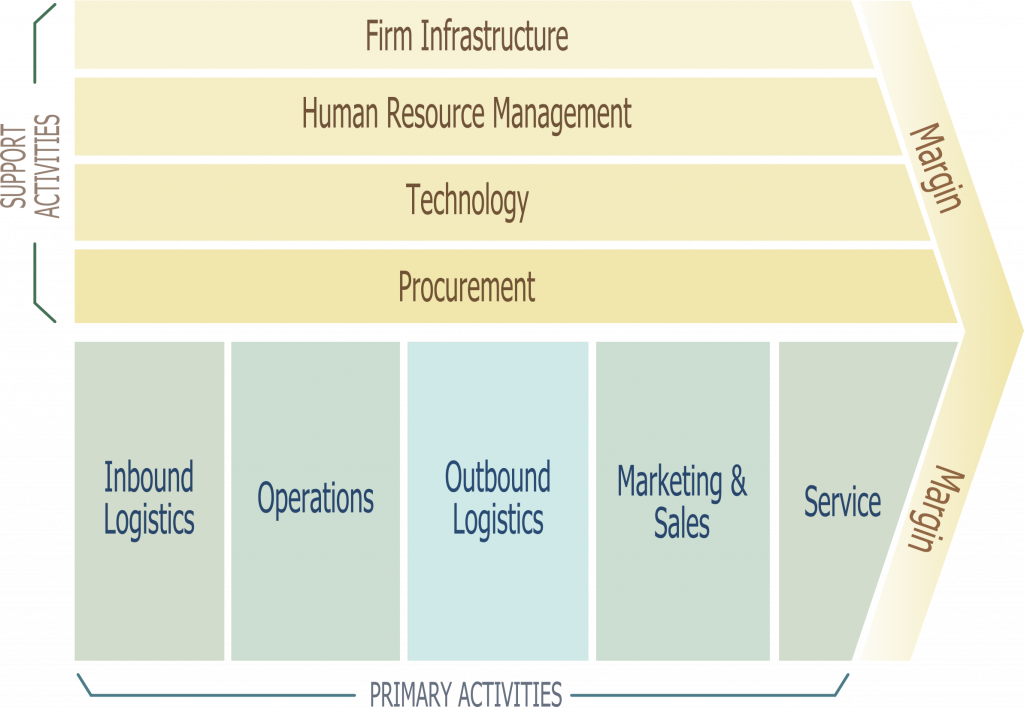For the marketing people, a lean presentation is a good time to sit back and relax because its application has absolutely no applicability to them. Their probably right, marketing people are creative, right brained thinkers with a tendency to think they are the only ones to look at the big picture. Sure they understand metrics and what is working in the marketplace but life would be better if everyone followed the plan while they ventured off on cutting-edge activities. After all, they have to be the part of the organization out on the horizon.
The sales people on the other hand are looking for reasons to exit right away. They conjure up opportunities or pending disasters to get out of these discussions. If someone is going to lead a conversation about waste and metrics they certainly want little part of that. First of all, nobody knows what they have to do to get a job so who is going to tell them what waste is and what it is not, or even come close to understanding. Secondly, every time anyone gets in these types of conversations they want to turn sale into a data collection arm and leave them performing in person surveys that either party, the customer or the salesperson wants to be doing.
So why have this conversation at all? Lean Sales and Marketing is about applying Customer Value to the Demand side of your business.
From Wikpedia: The value chain, also known as the value chain analysis, is a concept from business management that was first described and popularized by Michael Porter in his 1985 best-seller, Competitive Advantage: Creating and Sustaining Superior Performance. The value chain categorizes the generic value-adding activities of an organization. The “primary activities” include: inbound logistics, operations (production), outbound logistics, marketing and sales (demand), and services (maintenance). The “support activities” include: administrative infrastructure management, human resource management, technology (R&D), and procurement. The costs and value drivers are identified for each value activity.
The noticeable feature that is evident in the review of Porter’s Value Chain is that Lean has been applied in every discipline/activity except for Sales and Marketing. With the development and extension of Lean into Software development, most noticeably Agile, it has given Sales and Marketing a foundation to build from. The Agile Methodology allows taking the fundamental Lean concepts of Flow and Value Stream Mapping and makes them usable in a Sales and Marketing environment.
The Lean/Agile model builds a bridge for better communication and collaboration between Sales and Marketing. More importantly, it provides the platform for the development of the “Sales Team” that is at the essence of future activity in the demand chain. I discussed this concept in a recent post on Value Stream Mapping your Sales Team. Future sales and marketing activities will be in the spirit of team collaboration with the customer being the most important member. Instead of the buzzwords of social media there will be a new set of buzz words such as co-creation and swarming.
Why Lean Marketing? Because, it is the Future of Marketing.
Read Excerpt from the Lean Marketing House Book.
Is Co-Creation a Trend to Watch?
Your Value Network Participants; Who are they?

Comments are closed.